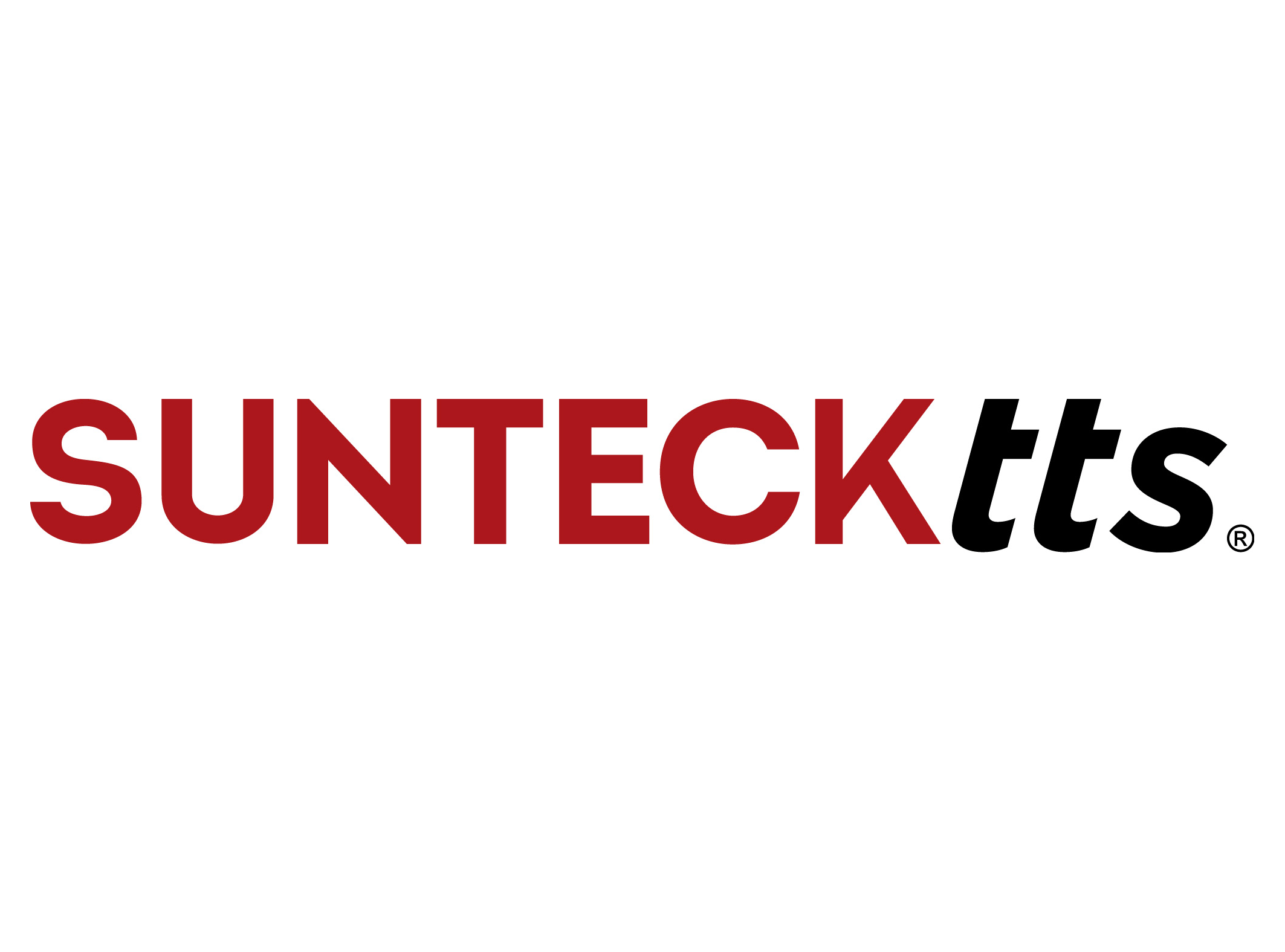LTL 101: PODs and Additional Services Charges
The last blog discussed educating shippers to ensure the BOL is set up correctly and to avoid a possible dispute with the carrier regarding the invoice. This week is discussing educating consignees so they know what to expect at the time of delivery.
It is very important to educate your consignee BEFORE the freight is delivered about what the process will be like. Will they need a liftgate? Will the driver be helping unload the freight in any form or manner? By asking these questions in advance, and by making sure that you are on the same page as the consignee, you can minimize additional charges on the invoice.
On the delivery receipt/proof of delivery (POD), issues should be noted if you suspect that the value of the product has been compromised. Make sure to note any damage to the packaging, and/or missing product. Having these notes on the POD makes it easier to file a freight claim with the carrier if necessary.
Another tactic you can take is refusing a shipment if there is damage; this means that the consignee does not accept the freight in the condition presented – meaning you will eventually file a damage claim. This will alert the carrier that something is wrong with the shipment and that they should get in touch with the appropriate party. Make sure you use this tactic responsibly and honestly, because if a shipment is not damaged the carrier can tack on a redelivery fee. Yikes!
Five of the most common additional services on a POD include:
- Lift Gate – Hydraulic lift on the rear of a truck used to assist in the unloading of freight.
- Inside Delivery – The driver is only responsible for moving the freight off the truck. If the driver helps move the freight more than a few feet away from the truck, even if it’s not “inside,” then an Inside Delivery fee may apply. Be very careful with this one because the terminology can be misleading and it varies by carrier.
- Limited Access (Residential) – This is up to the carrier’s discretion, however, there are locations that will always be deemed limited access.
- Sort/Segregate – Certain locations may require a carrier to sort and segregate a shipment. This is additional handling beyond the normal duties of a driver that will incur additional fee(s).
- Detention – With most LTL carriers, the first 30 minutes from when the driver arrives are free. Any additional time is subject to an additional detention fee.
So the next time you sign a POD when receiving your shipment, be sure to review it and see if any additional services listed are being used. Services can be pre-printed or added to the POD by a driver, and the additional charges may vary. In some cases, it may be good practice to have your consignee obtain a copy of the POD themselves.
Check back every 2nd and 4th Wednesday each month for more inside information on LTL through our Multimodal Wednesday Series.


